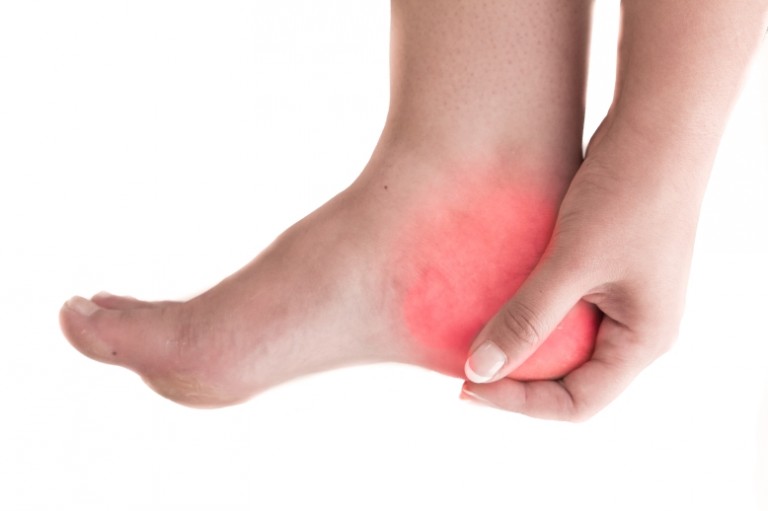Despite its name, sever’s disease is not so much a disease as it is a painful growth-related condition in children. It is medically
referred to as calcaneal apophysitis, and is often referred to as ‘growing pains’ at the back of the heel. It describes the
inflammation and abnormal tension (pull) on the heel bone and its growth plate in kids, particularly between the ages of 8 and
14. Growth plates are located on the ends of growing bones and will eventually turn into solid bone when we reach full maturity. As
we grow, our bones, muscles and tissues all grow and lengthen too. In Sever’s, the pull from Achilles tendon (which connects the calves to
the back of the heel) causes the nearby growth plate to become irritated and inflamed, and hence painful. To learn more about
children’s Podiatry, click here.
There are various influences that can damage and irritate to the growth plate at the back of the heel and cause painful symptoms. These include:

Symptoms typically occur during a period of growth and include:
The key to managing sever’s is not only to settle the painful symptoms, but also to treat the cause and reduce the tension at the back of the heel where the growth plate is. Initially, the PRICE (protection, rest, ice, compression and elevation) principles can be used to manage painful symptoms. Following this, treatment may include:
Your podiatrist will create the best management plan based on your symptoms and regular activities. It is important to listen to your body and stop if an activity begins to cause you pain to maximise your recovery.
Keeping your family on their feet and helping them to walk, run, play and exceed their goals is why we love getting up in the morning.
Ground Floor, One Health Building
122 Remuera Rd, Remuera
Auckland 1050, New Zealand
| MON - FRI | 7:30am – 6:30pm |
| SAT | 8:30am – 4:30pm |
| SUN | Some availability |
Make an Appointment
Online Schedule
Our virtual receptionist is available 24/7 to help with general questions, booking requests, and clinic information, even when our team is busy, or it's after hours.
Whether you're calling us or using our website, you'll get fast assistance any time of day. And if your query needs a personal touch, a member of our team will follow up as soon as possible.